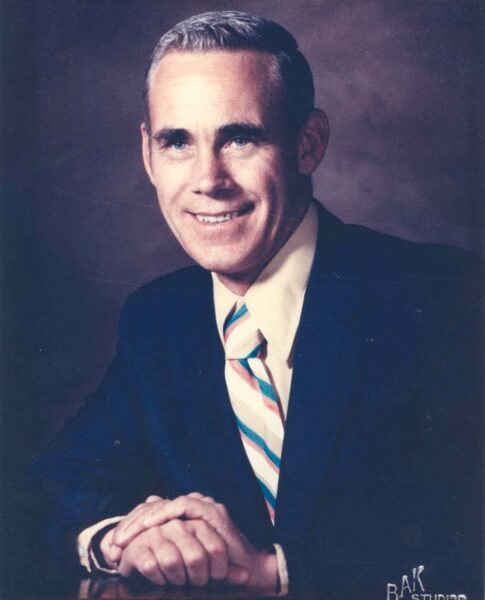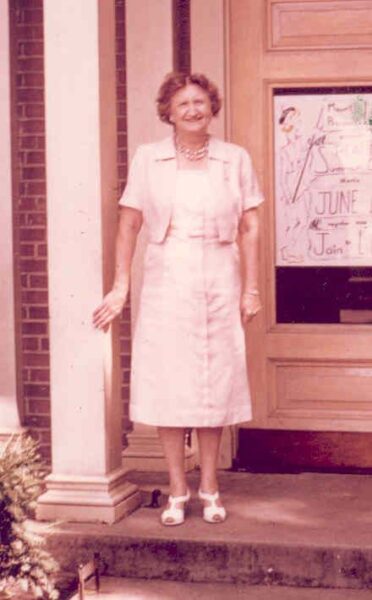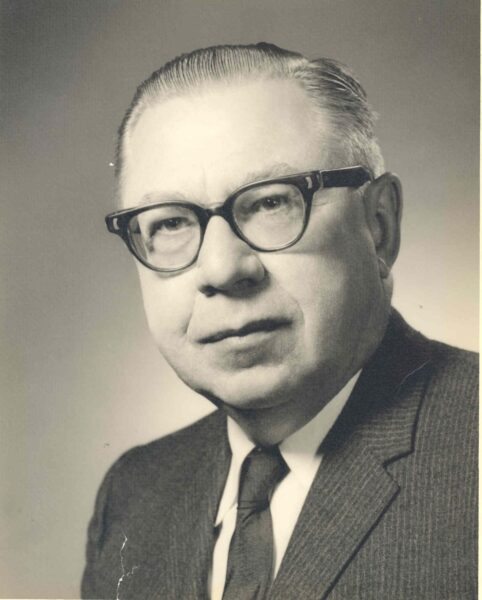
Does MPHS have photographs: Yes
Address in Mount Prospect: 1205 W. Robin Lane
Birth Date: Circa 1924
Death Date:
Marriage
Date: August 17, 1946
Spouse: Alice Jones Teichert
Children: Nancy, Robie, and William
Interesting information on life, career, accomplishments
Robert Teichert was a progressive community leader and politician in Mount Prospect. He was a major supporter of the library, purchased the village hall, established paramedic service and a central dispatch system for Mount Prospect, lobbied for adopting the Village Manager system of government, and campaigned on a platform of open government and full disclosure. He was elected a Trustee in 1965 and served for four years until he became Mayor in 1969. He served for eight years as Mayor of Mount Prospect, in a time when the community was going through a difficult adjustment. The post war boom was over, the population of the community was aging, school enrollment was far down, and the municipal budget was over extended. Teichert and the Trustees struggled with these problems over the years, bringing the community back to a stable position.
Teichert was responsible for the single largest annexation in Mount Prospect history. The area of New Town added almost 2 square miles and close to 10,000 people to Mount Prospect. Although there was an animated discussion about the annexation, in the end the Village Board voted unanimously to absorb the unincorporated area.

